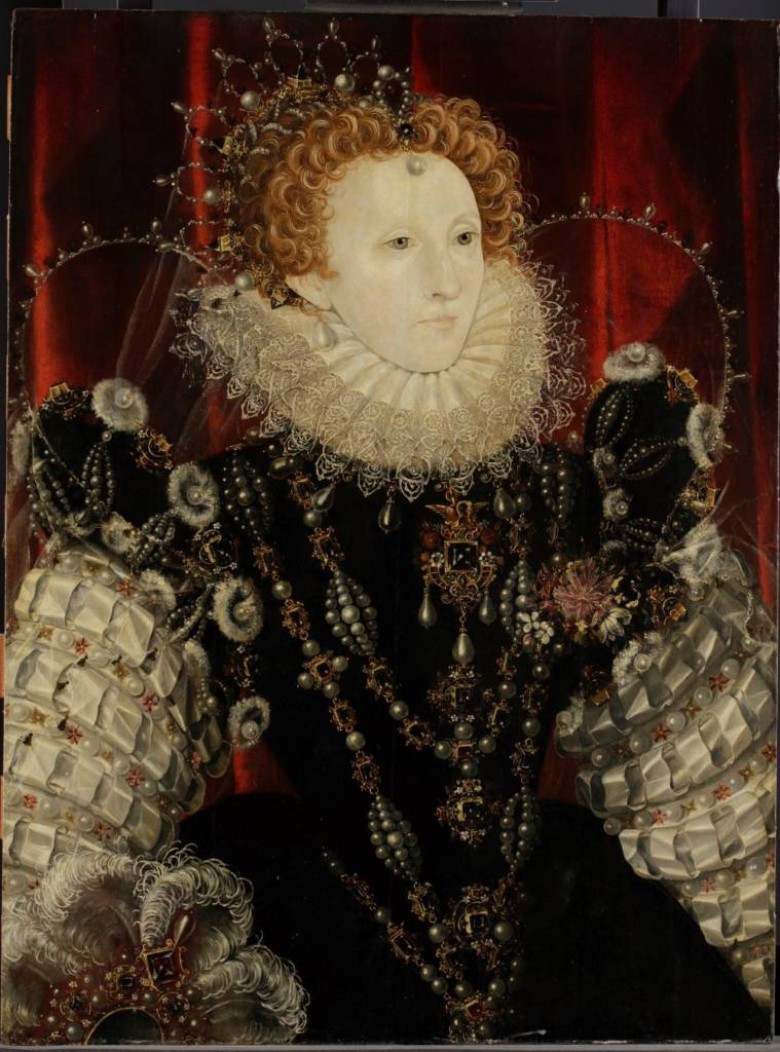11th May 2017
Centuries before social media, Elizabeth I and her court were using portraits to manage their public image. A special display at Waddesdon Manor opens on 9th June to show how Elizabeth and also Robert Dudley, Thomas Howard, and Sir Amias Paulet, like any proficient Instagrammer, used careful staging to achieve the ‘look' they wanted.
Elizabeth understood the importance of her brand and cultivated a picture of power and wealth. She had spent a lot of her life in uncertainty and danger, and knew that even as queen she was not safe. Many still considered a woman ruler to be unnatural, and her position was precarious. Her portraits would be seen across England and Europe. She harnessed this, using them to not only demonstrate her majesty, but also by using props and symbolism to reinforce her image as a steadfast and stable monarch – a virgin queen, married to her kingdom.
Two of the portraits included in the display have recently been attributed to Nicholas Hilliard. He was known for his miniatures – including several of Elizabeth – and the tour will detail how these exciting new discoveries were made. Alongside these, the famous ‘Phoenix’ portrait of Elizabeth is also part of the display.
https://waddesdon.org.uk/whats-on/exhibition-tour-power-portraiture/
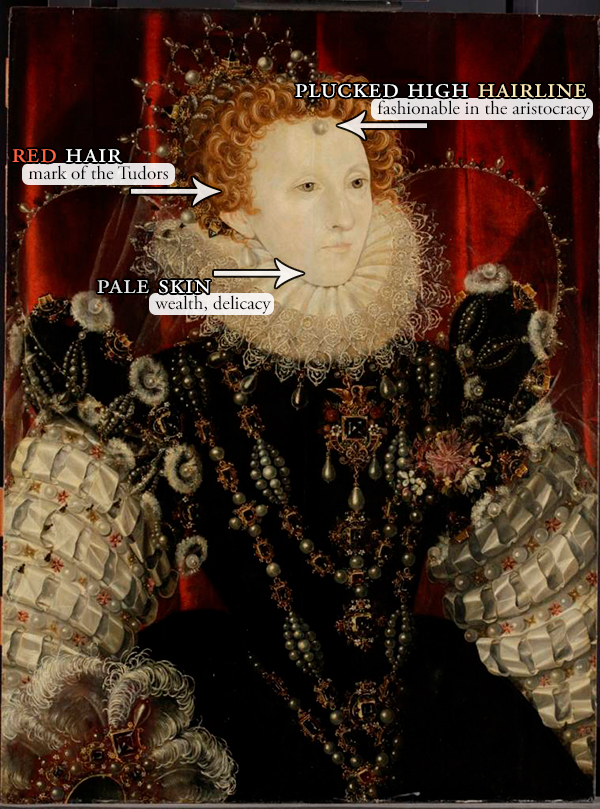
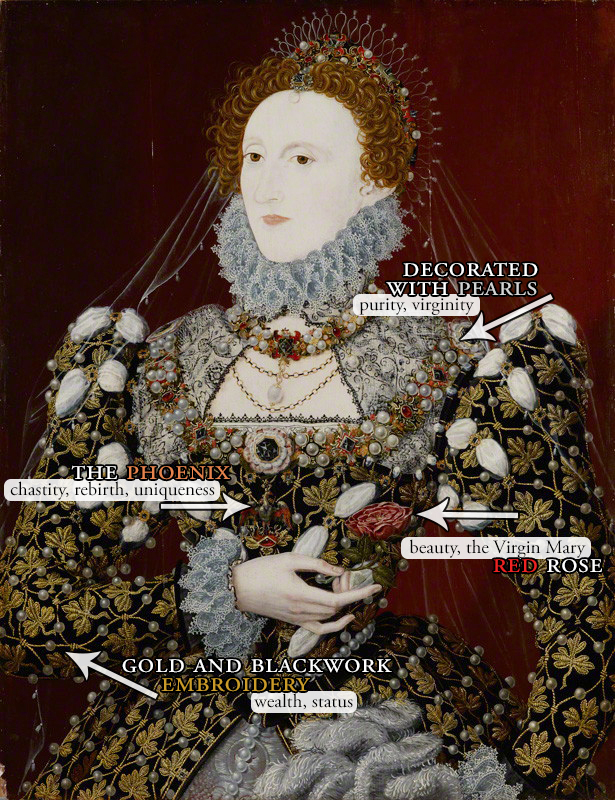
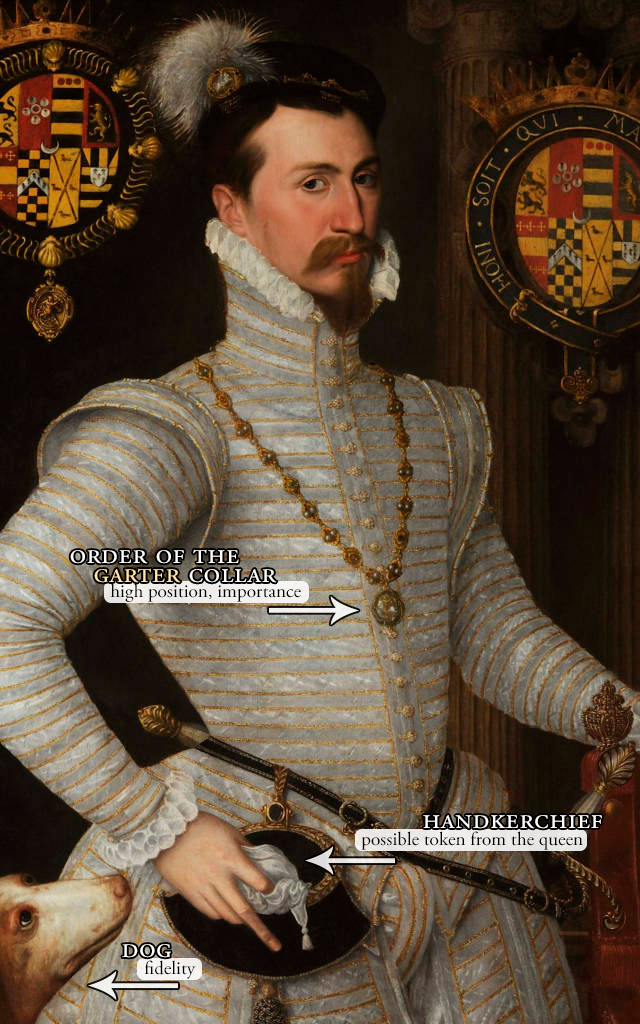
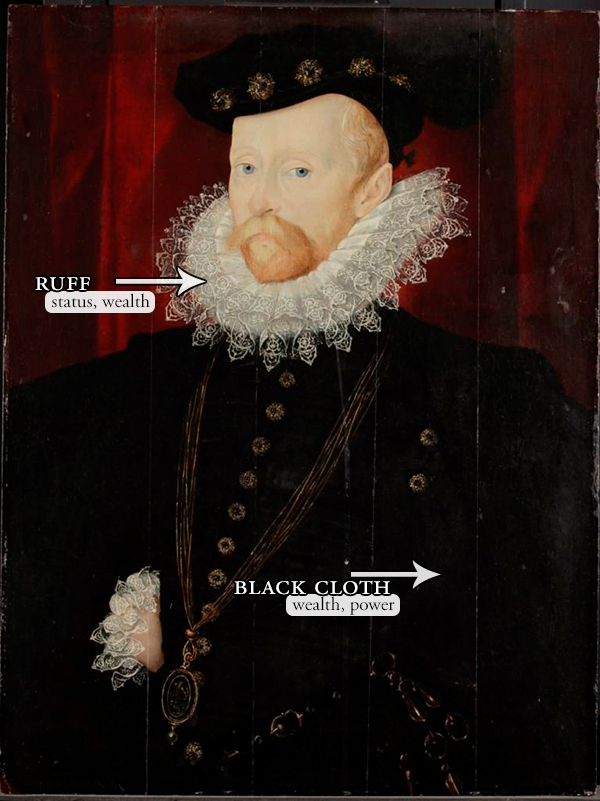
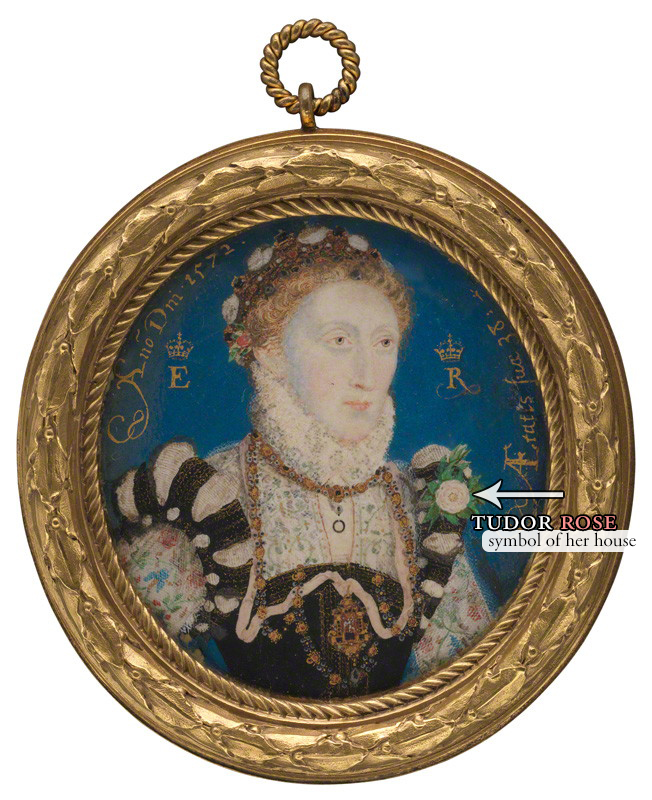
Images:
‘Phoenix Portrait’ Queen Elizabeth I, associated with Nicholas Hilliard, c.1575, National Portrait Gallery, NPG 190
Queen Elizabeth I, attributed to Nicholas Hilliard, 16th century, Waddesdon Collection
Robert Dudley, Earl of Leicester (1532 - 1588), Anglo-Netherlandish School, c.1564, Waddesdon Collection, 14.1996
Sir Amias Paulet, attributed to Nicholas Hilliard, 16th century, Waddesdon Collection
Queen Elizabeth I, Nicholas Hilliard, 1572, National Portrait Gallery, NPG 108
